Uncover the Timeless Beauty of Victorian Tiles Across the UK
Important Notice: When Not to Use Wax for Tile Care
Waxes and sealants are often admired for their ability to give a glossy finish and add wear resistance; however, it is crucial to understand that these products are not suitable for every vintage flooring option. Specifically, traditional floor waxes could create a barrier that inhibits essential moisture from escaping beneath the tiles. In historic buildings lacking a damp-proof membrane, moisture rising from the ground is crucial for the natural functioning of these unique floors.
The use of non-permeable coatings may trap moisture, which can lead to severe long-term issues. This accumulated moisture can cause “blooming” on the wax surface or, even worse, damage tiles that are located beneath the top layer. Thus, it is of paramount importance to assess whether your tiles are appropriate for wax application beforehand. If there is any uncertainty, it is advisable to refrain from applying any product altogether.
Preservation specialists frequently recommend breathable treatments that honour the unique characteristics of Victorian floors. This approach extends beyond aesthetic considerations; it seeks to ensure that these architectural marvels endure, preserving their integrity rather than conflicting with the traditional methods that have enabled them to last through the ages.
Understanding the Historical Importance of Victorian Tiles
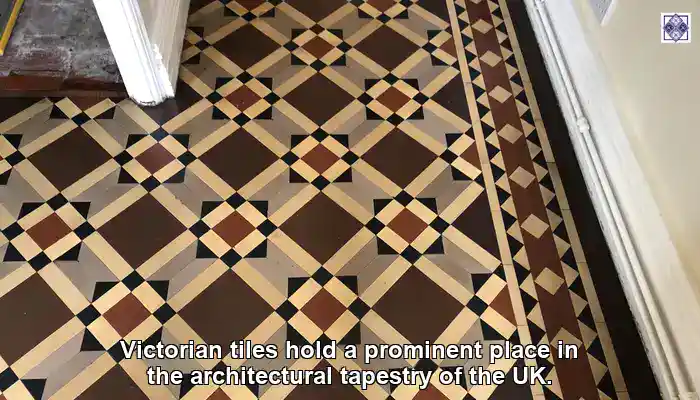
Victorian tiles represent a pivotal aspect of the architectural legacy of the UK, exemplifying the remarkable craftsmanship and artistic movements that flourished during the 19th century. These tiles were extensively employed for both flooring and wall decoration, embodying the aesthetic principles characteristic of that era. The innovations stemming from the Industrial Revolution led to a surge in tile production, rendering ornate designs widely accessible for enhancing private residences, public edifices, and train stations. The Victorian period’s emphasis on individuality and exceptional craftsmanship resulted in tiles adorned with elaborate designs, vivid colours, and a variety of textures—each tile telling a story reflective of its time’s design philosophy.
Expert Recommendations: Must-Have Products for Caring for Victorian Tiles
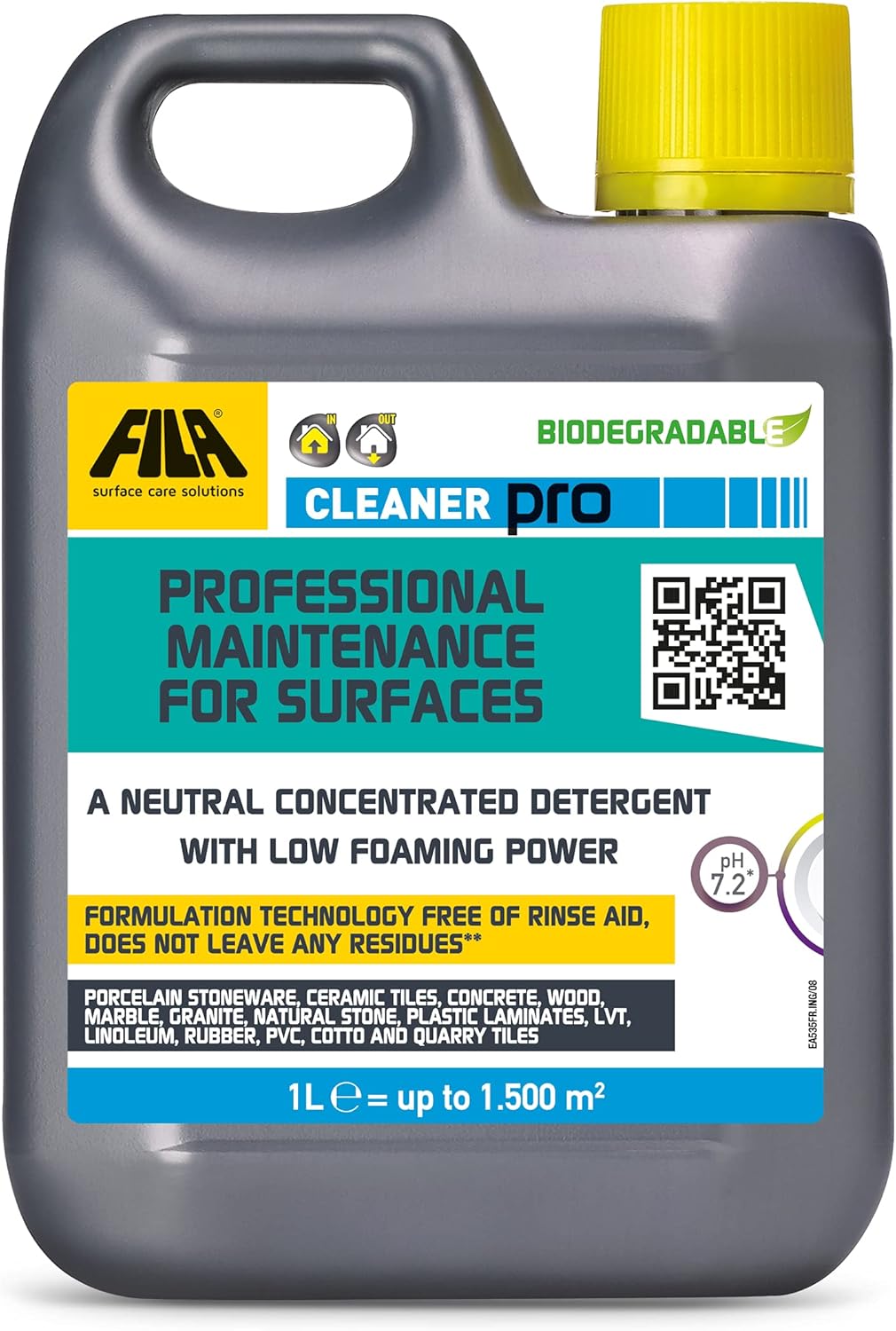
Fila Pro Floor Cleaner
|
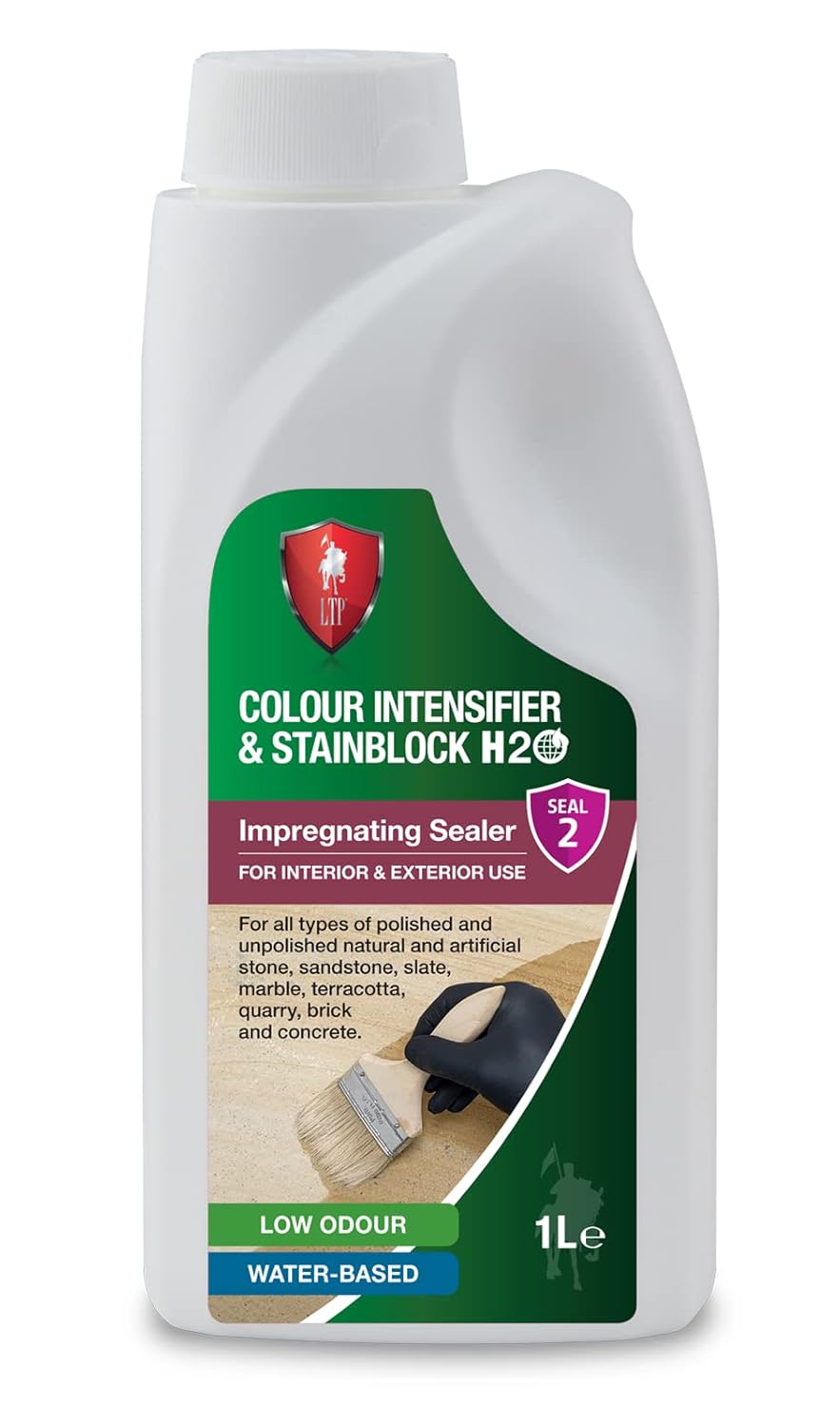
LTP Colour Intensifier & Stainblock H20
|
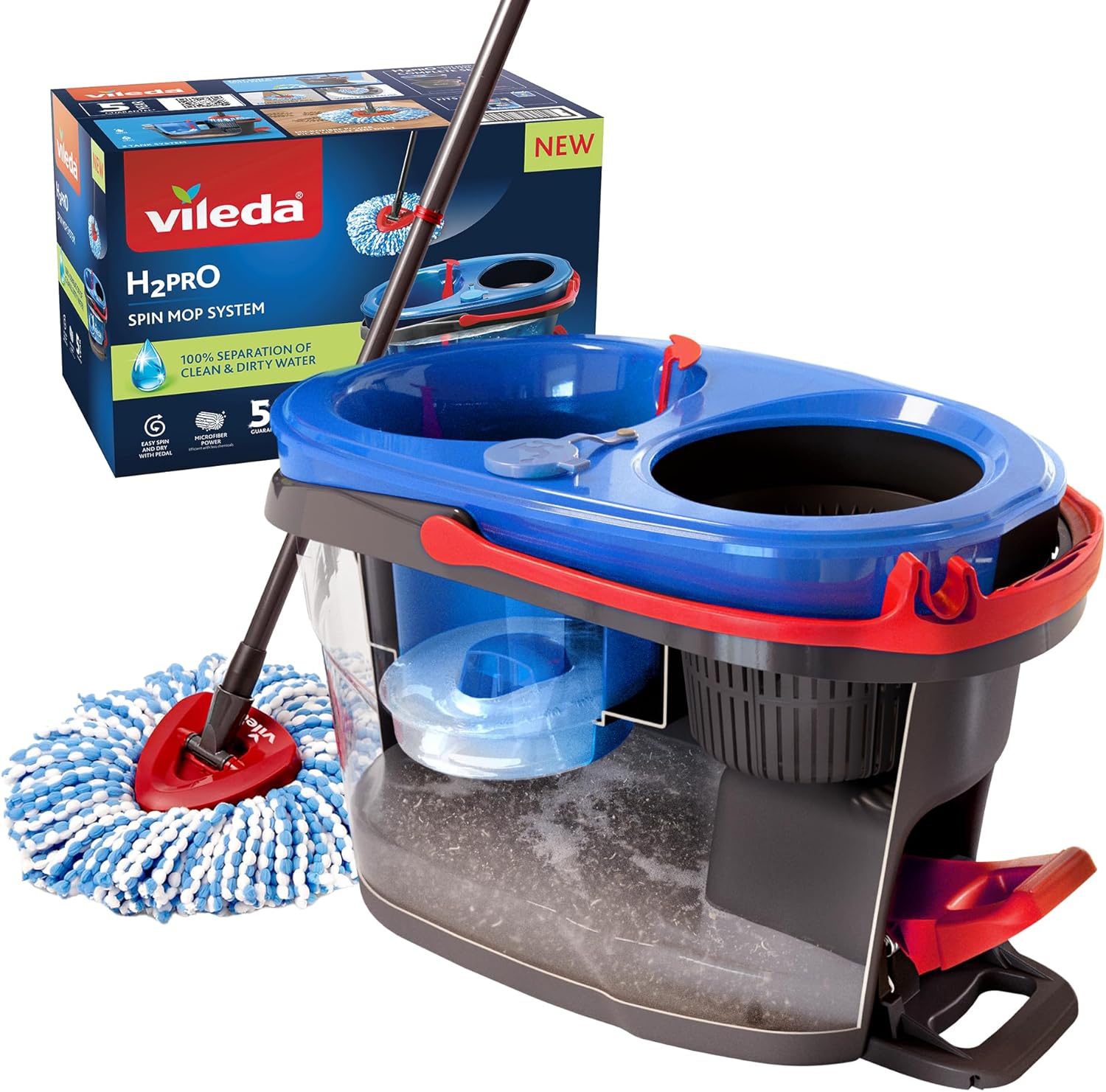
Vileda H2PrO Spin Mop System
|
Interestingly, the resurgence in the popularity of Victorian tiles has paralleled a wider movement across the UK that focuses on historic preservation and an increasing appreciation for traditional craftsmanship. Homeowners are now more eager than ever to restore or replicate Victorian tile designs, igniting a revival that highlights the critical importance of proper maintenance strategies. This involves important considerations regarding the application of wax or sealant in their upkeep, ensuring these historical gems maintain their vibrancy and longevity.
Diving Into the Varied Styles of Victorian Tiles
Victorian tiles showcase a vast range of styles, each one featuring unique characteristics and aesthetic values. For instance, encaustic tiles are renowned for their intricate, multicoloured patterns created through layers of clay, resulting in a tactile quality that amplifies their visual allure. Geometric tiles, celebrated for their bold shapes and symmetric designs, create a striking visual impact, often adorning entryways and hallways. Conversely, mosaic tiles are made from small fragments that form captivating artistic layouts, making them ideal for decorative borders or expansive floor designs.
The rich variety of these tile categories necessitates that homeowners pay close attention to the specific features and upkeep requirements of their tiles when deciding on maintenance practices. Whether opting for wax or sealant, understanding the inherent properties of the tiles can greatly influence their durability and overall aesthetic, ensuring that each tile retains its unique charm and beauty.
Understanding the Critical Importance of Tile Maintenance
Proper maintenance of Victorian tiles is essential for preserving both their aesthetic appeal and structural integrity over time. These tiles may experience wear and tear due to foot traffic, accidental spills, and exposure to cleaning agents. Such deterioration can lead to fading, staining, and even structural compromise. Regular maintenance not only boosts visual appeal but also extends the lifespan of the tiles, ensuring they continue to be a treasured feature in any home.
Effective maintenance strategies encompass routine cleaning, sealing, and restoration as required. Homeowners must recognise that the methods they select—be it wax or sealant—are integral to the comprehensive care plan for their Victorian tiles. With the appropriate maintenance approach, these historical treasures can continue to dazzle beautifully for generations to come.
Expert Techniques for Restoring Victorian Tiles

The restoration of Victorian tiles calls for a meticulous and knowledgeable approach to safeguard their historical significance. Restoration techniques may range from deep cleaning with gentle, pH-neutral solutions to more elaborate methods such as repairing or replacing damaged tiles. In certain scenarios, applying wax can serve as a quick and effective means to enhance the tiles’ appearance while providing a protective coating. However, if the damage is extensive, the application of sealants or enlisting professional restoration services may become necessary.
Comprehending the specific needs of the tiles, including their age and condition, is crucial in determining the most appropriate restoration technique. For example, older tiles may have become porous, making sealants a preferable option for enduring protection. Consulting with specialists can equip homeowners with the knowledge and expertise needed for proper maintenance, ensuring that their Victorian tiles remain a stunning aspect of their property.
Incorporating Victorian Tiles into Contemporary Interior Design
Recently, Victorian tiles have been seamlessly integrated into modern design, showcasing their versatility and timeless allure. Designers are increasingly leveraging these tiles in contemporary settings, crafting a cohesive fusion of historical and modern aesthetics. Whether featured in new builds or renovation projects, Victorian tiles contribute unique character and warmth that is frequently lacking in modern materials.
Their application extends beyond traditional residences; numerous commercial establishments, including cafés and boutiques, have adopted Victorian tiles to create inviting environments. This trend underscores their adaptability and widespread appeal across various contexts. However, this contemporary use also raises important maintenance queries—should one opt for wax or sealant to protect these tiles in dynamic settings? The answer lies in a thorough understanding of the specific usage and environmental factors involved.
Comparing Wax and Sealant: A Comprehensive Guide
Understanding the Composition and Benefits of Wax
Wax, typically derived from natural sources such as beeswax or plant-based materials, is valued for its ability to deliver a warm, lustrous finish to Victorian tiles. When applied, wax creates a protective barrier that enhances the colour and pattern of the tiles while repelling dirt and moisture. This quality is particularly advantageous in homes with a classic aesthetic, where the traditional appearance of wax beautifully complements the historical significance of the tiles.
The application process for wax is simple and appealing to both DIY enthusiasts and homeowners. It generally involves buffing the wax onto the tile surface with a cloth or brush, allowing for a custom finish tailored to individual preferences. However, while wax provides an easy solution for enhancement and protection, it does have certain limitations, particularly concerning durability and long-term maintenance requirements.
Exploring the Composition of Sealants
In contrast, sealants are typically formulated from synthetic or chemical compounds designed to create a strong barrier against moisture, stains, and wear. They come in various finishes, from matte to glossy, allowing homeowners to choose an aesthetic that best fits their decor. Sealants are especially beneficial in high-traffic areas, as they offer a durable protective coating capable of withstanding daily wear and tear.
The application of sealants tends to be more complex than waxing, often requiring rollers or sprays to ensure even coverage. This process might necessitate thorough preparation, including cleaning and, if needed, priming the tile surface before application. Though applying sealants may require more effort, their superior protection makes them a worthwhile investment for those aiming to preserve the beauty and longevity of their Victorian tiles.
Application Techniques: Wax Versus Sealant Explained
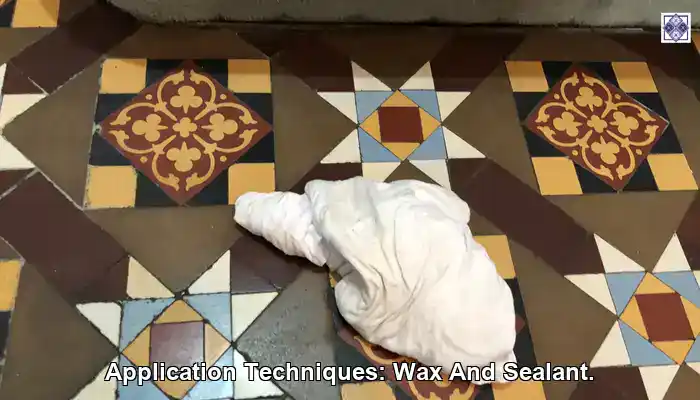
When it comes to protecting original Victorian tiles, the methods of application for wax and sealants can significantly influence not just the results but also the overall experience.
Wax is often seen as the more hands-on option. It is gently applied using a soft cloth or brush, allowing complete control over the amount used and the areas covered. Many homeowners appreciate this method for its simplicity and adaptability—especially when they wish to take their time and make small adjustments as they go along.
Sealants, on the other hand, necessitate a more structured procedure to achieve consistent, even coverage. Depending on the type of sealant, a roller, brush, or spray may be employed, and thorough preparation is crucial. This entails thoroughly cleaning the tiles and allowing them to dry completely before proceeding with the application.
Ultimately, the choice often boils down to personal preference: do you favour an intuitive and forgiving method, or do you prefer a more systematic approach that ensures long-lasting protection?
Benefits of Applying Wax to Victorian Tiles
Enhancing Visual Appeal Through Wax Application
The visual allure of Victorian tiles can be remarkably improved with the application of wax. By adding a wax layer, colours become more vibrant, and the intricate designs are accentuated, creating a warm and welcoming atmosphere. This transformation is particularly notable in homes that feature traditional architectural styles, where the charm of the tiles can be prominently showcased.
Wax also imparts a gentle sheen that enhances the overall look of the tiled surface. For homeowners who appreciate a vintage aesthetic, the reflective quality of wax can create an inviting ambiance, making spaces feel cozier and more welcoming. This enhancement in aesthetics is often a leading reason individuals choose wax over alternative protective options, as it closely aligns with the intrinsic character of Victorian tiles.
Streamlined Application Process for Wax
One of the most compelling advantages of applying wax to Victorian tiles is the straightforward application process. Homeowners can easily apply wax without the need for specialised tools or extensive training, making it a manageable DIY project. The steps involved are simple: cleaning the tiles, applying the wax, and buffing it to achieve the desired shine. This ease of application allows homeowners to conduct regular maintenance, ensuring their tiles remain in superb condition.
Moreover, the uncomplicated nature of wax application permits homeowners to personalise the finish according to their preferences. Whether opting for a more lustrous appearance or a matte look, adjustments can be made effortlessly. This flexibility in application is a significant advantage for those wanting to adapt the aesthetic of their tiles over time, making wax a particularly appealing choice for many.
The Reversible Advantage of Wax Application
An often-overlooked benefit of using wax is its reversibility. Unlike sealants, which create a more permanent bond to the tile surface, wax can be easily removed and reapplied as necessary. This characteristic is especially advantageous for those who wish to periodically update the appearance of their tiles or address wear and tear without committing to a permanent solution.
The ability to remove wax without harming the underlying tiles opens up opportunities for ongoing maintenance and adjustments. Homeowners can experiment with various finishes or restore the tiles to their original beauty without the worry of long-term consequences. This adaptability makes wax a practical choice for individuals who value both the historical significance and evolving nature of their Victorian tiles.
The Key Benefits of Using Sealant on Victorian Tiles
Ensuring Longevity and Robust Protection
For homeowners prioritising durability and resilience, sealants provide an excellent choice for safeguarding Victorian tiles. These products create a strong, long-lasting barrier that protects against moisture, stains, and wear, significantly prolonging the life of the tiles. In high-traffic areas where foot traffic can cause accelerated wear, sealants effectively prevent damage that wax alone may not withstand.
The chemical formulation of sealants enables them to resist a variety of threats, including spills and harsh cleaning agents that could otherwise jeopardise the integrity of the tiles. As a result, selecting sealant can be considered a long-term investment that preserves both the historical and aesthetic value of Victorian tiles while reducing the frequency of maintenance needed.
Low Maintenance Solution with Sealants
Once a sealant is applied, the maintenance required is considerably less than that for wax. This feature makes sealants particularly attractive for busy households or commercial settings where time and resources are often limited. With sealants, homeowners need not worry about frequent reapplication, as the protective layer can last for several years, depending on the product and the level of foot traffic.
Furthermore, cleaning sealed tiles is generally more straightforward, as the sealant prevents stains and dirt from penetrating the tile surface. This ease of cleaning contributes to a more hygienic environment, making sealants an excellent choice for both families and businesses. The low-maintenance appeal of sealants aligns perfectly with modern living, where convenience is highly valued, making them a practical solution for many.
Diverse Sealant Options for Victorian Tiles
Sealants are available in a wide array of finishes, ranging from matte to high gloss, offering homeowners the chance to customise the appearance of their Victorian tiles. This versatility is particularly beneficial for those looking to match the sealant finish with the overall aesthetic of their space. The variety of options allows for greater design freedom, ensuring that the protective layer enhances, rather than detracts from, the visual appeal of the tiles.
Additionally, sealants can be effectively applied to various tile types, including those with intricate designs or uneven surfaces, making them suitable for a diverse range of applications. The adaptability of sealants in both residential and commercial contexts underscores their value as a maintenance solution for Victorian tiles, highlighting their ability to enhance overall aesthetics while providing strong protection.
Crucial Considerations for Homeowners in the UK
Recognising the Impact of Climate on Victorian Tile Maintenance
The notoriously damp climate of the UK presents unique challenges for maintaining Victorian tiles. Elevated moisture levels can significantly affect both wax and sealant, with sealants typically providing superior defence against water damage. In regions characterised by high humidity, using a sealant can prevent moisture infiltration, which is vital for preserving the structural integrity of the tiles.
Moreover, the potential for mould and mildew growth in humid environments makes sealants an appealing choice for homeowners who wish to ensure a clean and healthy living space. Being cognizant of the local climate and its influence on tile maintenance is essential for making informed decisions regarding the use of wax or sealant on Victorian tiles.
Evaluating the Age and Condition of Your Tiles
The age and condition of Victorian tiles significantly dictate the most appropriate maintenance strategy. Older tiles, particularly those that have undergone considerable wear, may benefit more from sealants, which provide a protective barrier that helps restore their original charm and appearance. Conversely, newer tiles or those in excellent condition might respond well to a wax finish, allowing for a more traditional aesthetic.
Homeowners should meticulously assess the state of their tiles before arriving at an appropriate maintenance approach. Consulting professionals who specialise in historic tiles can provide valuable insights into the most effective care methods, ensuring that the choice between wax and sealant aligns with the specific needs of the tiles.
Considering Foot Traffic and Usage Patterns
High-traffic areas within UK homes, such as hallways and entryways, can significantly influence the longevity and appearance of Victorian tiles. In these locations, the durability that sealants offer becomes particularly advantageous. Sealants provide a robust protective layer that can endure the demands of daily use, making them ideal for bustling households.
In contrast, areas with lower foot traffic may allow for the use of wax, providing a beautiful finish without necessitating the extensive protection that sealants provide. Homeowners must take into account the specific usage patterns of each area when determining which maintenance method to implement, ensuring that their Victorian tiles remain both functional and visually appealing.
Assessing the Impact of Heating Systems on Tile Maintenance
The widespread adoption of underfloor heating in many UK homes adds another layer of complexity when considering the maintenance of Victorian tiles. Sealants are generally more resilient to the heat generated by underfloor systems, making them a safer choice for protecting tiles in heated environments. In contrast, wax may soften or degrade under elevated temperatures, potentially leading to damage.
Homeowners with underfloor heating should carefully evaluate their options, considering the potential effects of heat on the integrity and appearance of their tiles. Choosing a sealant specifically formulated to withstand high temperatures will not only protect the tiles but also ensure they remain beautiful and functional in heated areas.
Implementing Optimal Cleaning Practices for Tile Maintenance
In many UK homes, the use of harsh cleaning chemicals can negatively impact both wax and sealants. However, wax tends to deteriorate more rapidly when exposed to potent cleaning agents, rendering it less suitable for high-maintenance environments. Sealants, in contrast, provide better resistance to chemicals, ensuring that tiles remain protected even with frequent cleaning.
Homeowners should be cautious about their cleaning practices and opt for gentle, pH-neutral solutions to maintain both waxed and sealed tiles. Establishing a regular cleaning routine that respects the integrity of the tiles can greatly enhance their longevity and aesthetic appeal, ensuring that Victorian tiles continue to be a stunning feature in any home.
Making an Informed Decision: Wax or Sealant?
Assessing Tile Type for Optimal Maintenance Choices
When choosing between wax and sealant for Victorian tiles, it is essential to consider the specific type of tile being maintained. Different materials may respond more favourably to either option, with encaustic tiles, for instance, often thriving under the warmth and depth of colour that wax can provide. Conversely, more porous tiles may necessitate a sealant to ensure adequate protection against moisture and stains.
Grasping the unique characteristics of each tile type can significantly impact the maintenance decision. Homeowners should contemplate consulting with professionals experienced in working with Victorian tiles to determine the best approach tailored to their specific circumstances.
Determining Your Desired Finish
The finish you prefer can also influence the decision between wax and sealant. Homeowners should consider whether they favour a matte, glossy, or traditional look when making their choice. Wax typically provides a warm, classic finish that enhances the natural beauty of Victorian tiles, while sealants can deliver either high-gloss or matte finishes that may better complement modern designs.
Evaluating personal aesthetics alongside the overall design of the space is crucial in making a well-informed choice. Homeowners should take the time to visualise how wax or sealant will affect the overall appearance of their tiles, ensuring that their selection aligns with the desired ambiance of the area.
Financial Considerations for Maintenance Options
When weighing the decision between wax and sealant, financial considerations play a significant role. Generally, wax is more affordable and easier to apply, making it an appealing option for those looking to maintain their Victorian tiles without incurring excessive costs. However, the long-term cost-effectiveness of sealants should also be factored in, particularly in high-traffic areas that may require more durable protection.
Homeowners should evaluate their specific maintenance requirements alongside their budgetary constraints to determine which option is most appropriate. Planning for both initial and ongoing expenses can ensure that Victorian tiles are maintained beautifully and effectively over time, enhancing their value and appeal.
Frequently Asked Questions About Victorian Tile Maintenance
What is the best method for maintaining Victorian tiles?
The most effective way to maintain Victorian tiles is through regular cleaning using a pH-neutral solution. Depending on the condition and location of the tiles, either wax or sealant can be applied for protection.
Can wax be applied over sealant?
No, it is not advisable to apply wax over sealant. Wax should be applied directly to clean, bare tiles for optimal results, whereas sealants are best used on unsealed surfaces.
How often should I reapply wax or sealant?
Wax typically requires reapplication every 6 to 12 months, while sealants can last several years before needing to be reapplied, depending on foot traffic levels and environmental factors.
Are there specific cleaning products I should avoid?
Yes, it is essential to avoid harsh chemicals such as bleach or ammonia, as these substances can degrade both wax and sealant, potentially damaging Victorian tiles.
Is it possible to restore damaged Victorian tiles?
Yes, damaged Victorian tiles can often be restored by professionals through cleaning, repair, or replacement, depending on the severity of the damage.
Is wax suitable for all types of Victorian tiles?
While wax can enhance the appearance of many types of Victorian tiles, porous tiles may require sealant for improved protection against moisture and stains.
Can sealants alter the appearance of my tiles?
Yes, sealants can indeed change the look of tiles, offering options for both matte and glossy finishes, making it crucial to select one that aligns with your desired aesthetic.
What is the cost difference between wax and sealant?
Generally, wax is less expensive than sealant, both in terms of product cost and application, making it a more budget-friendly option for many homeowners.
How can I determine if my tiles need sealing?
If water seeps into the tiles or stains appear after cleaning, it may indicate the need for a sealant to protect and preserve your Victorian tiles.
Where can I find professional assistance for restoring Victorian tiles?
Seek out local specialists or restoration companies that focus on historic tiles in your area; they can provide expert advice and services for maintaining your Victorian tiles.
The Article Should I Use Wax or Sealant on Victorian Tiles: A Guide first found on https://london-stone.co.uk
The Article Wax or Sealant on Victorian Tiles: Which Should You Choose? appeared first on https://fabritec.org
The Article Wax or Sealant for Victorian Tiles: Making the Right Choice Was Found On https://limitsofstrategy.com

